-
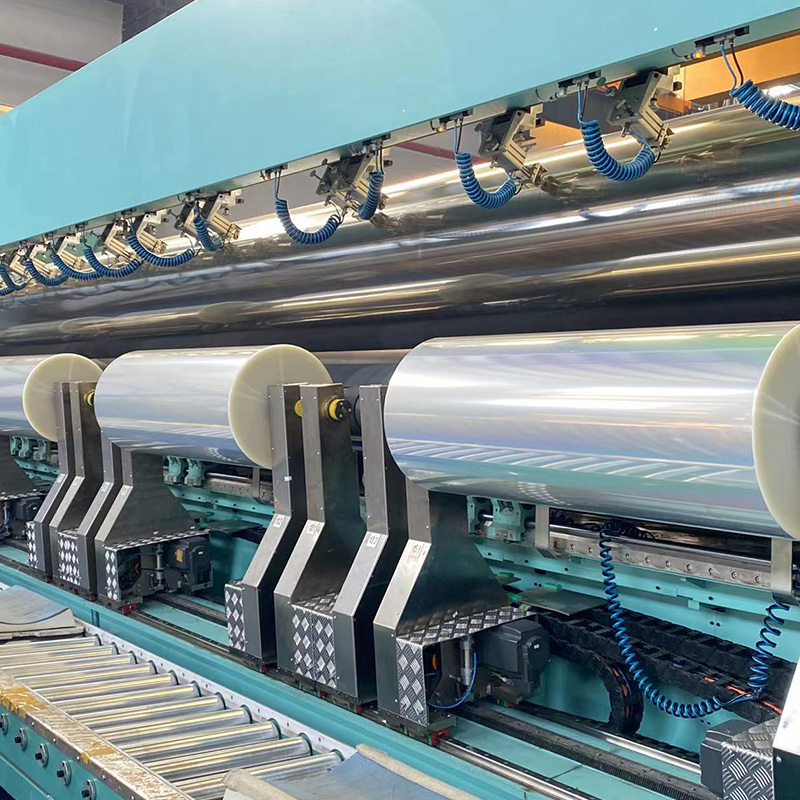 Biaxially Oriented Polypropylene Film
Biaxially Oriented Polypropylene Film
-
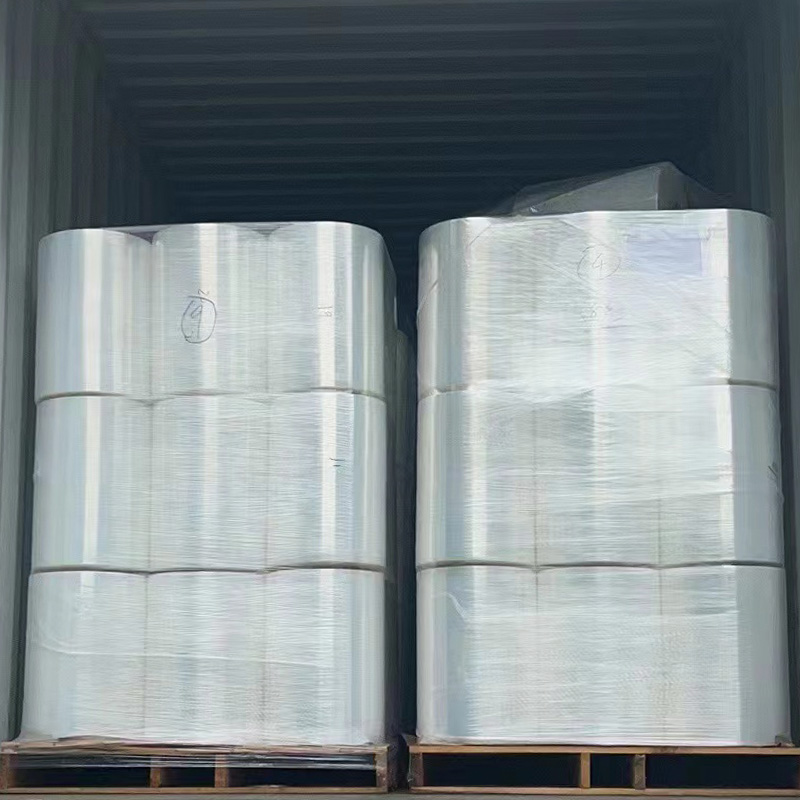 High Quality PE Stretch Film
High Quality PE Stretch Film
-
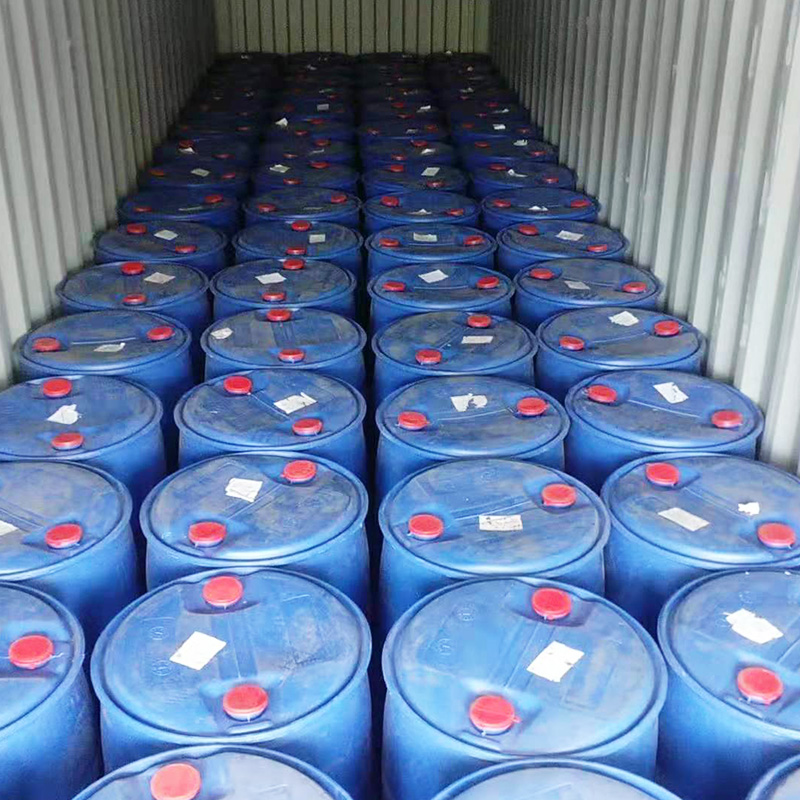 Water Based Acrylate Glue
Water Based Acrylate Glue
-
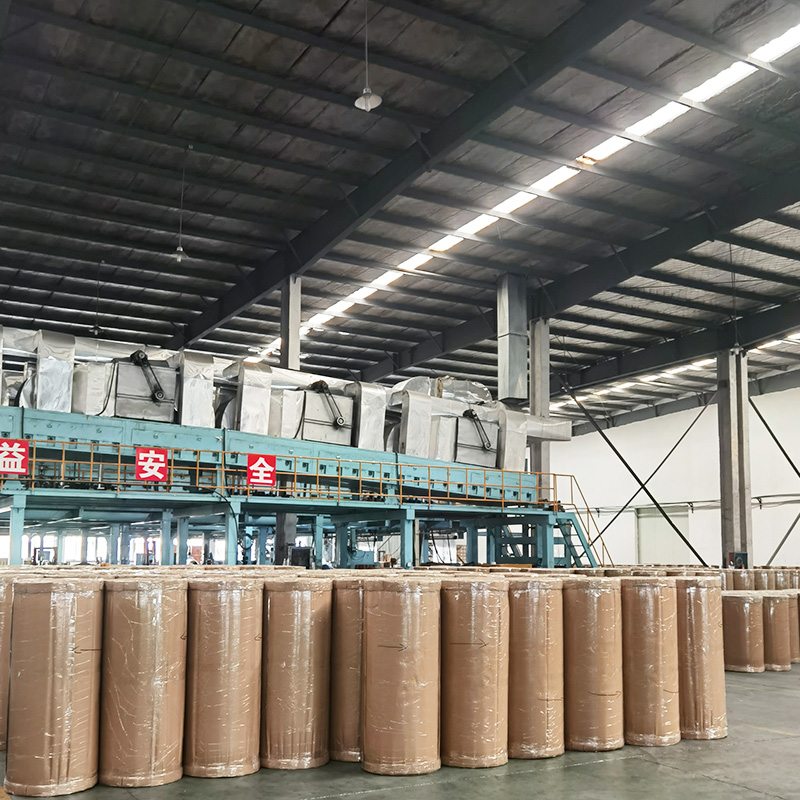 BOPP Acrylic Jumbo Roll Tape
BOPP Acrylic Jumbo Roll Tape
-
 BOPP Hotmelt Jumbo Roll Tape
BOPP Hotmelt Jumbo Roll Tape
-
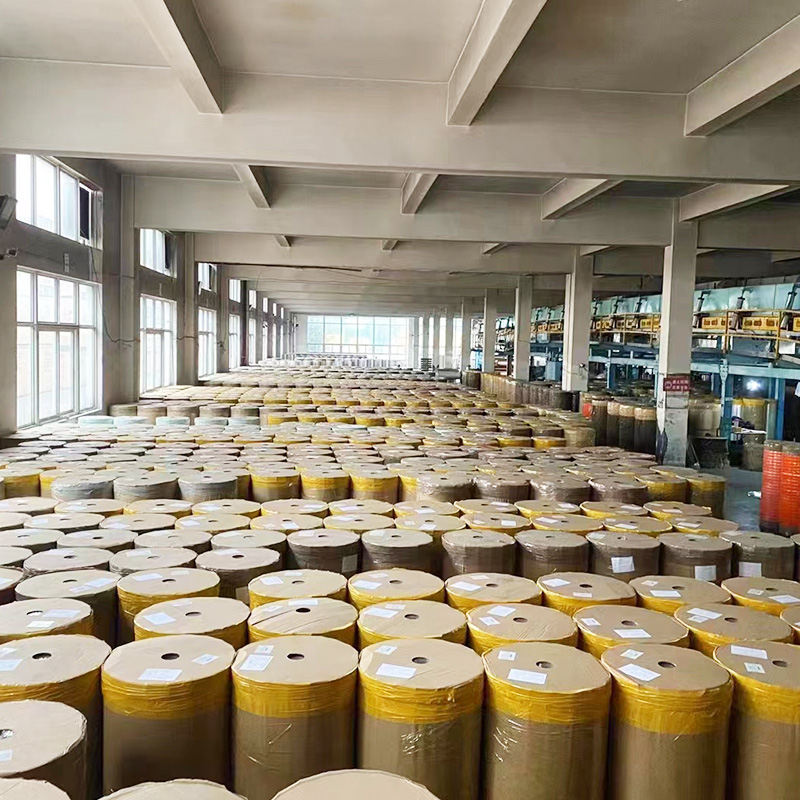 BOPP Solvent Jumbo Roll Tape
BOPP Solvent Jumbo Roll Tape
-
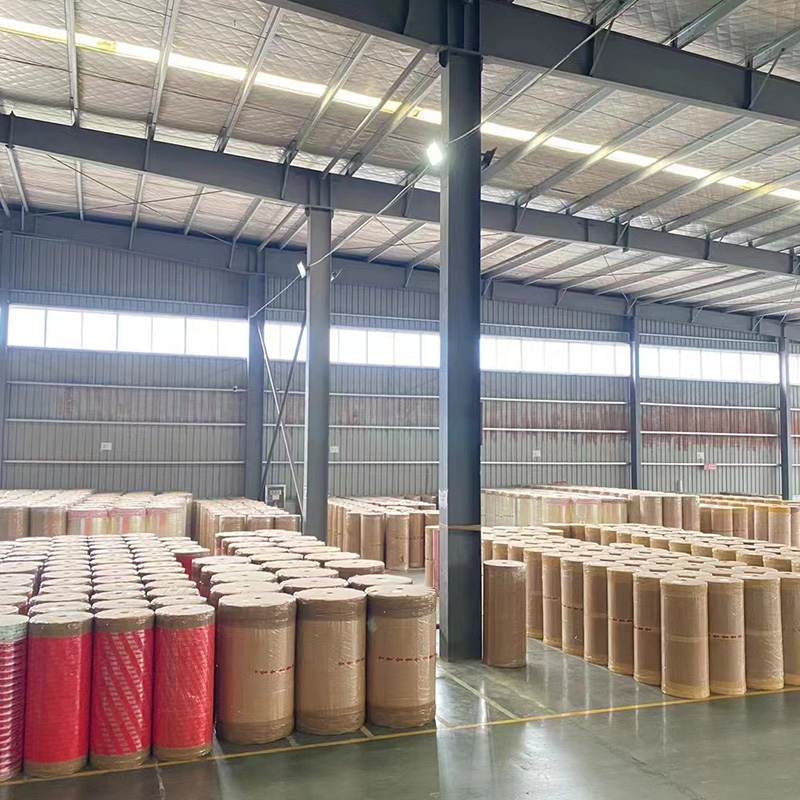 BOPP Natural Rubber Jumbo Roll Tape
BOPP Natural Rubber Jumbo Roll Tape
-
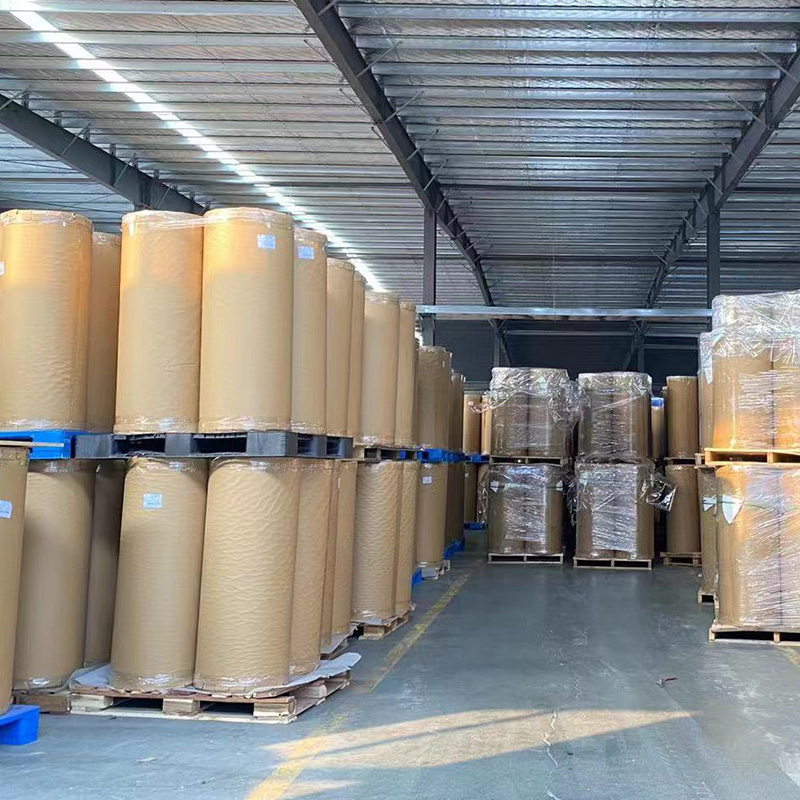 BOPP Low Noise Jumbo Roll Tape
BOPP Low Noise Jumbo Roll Tape
-
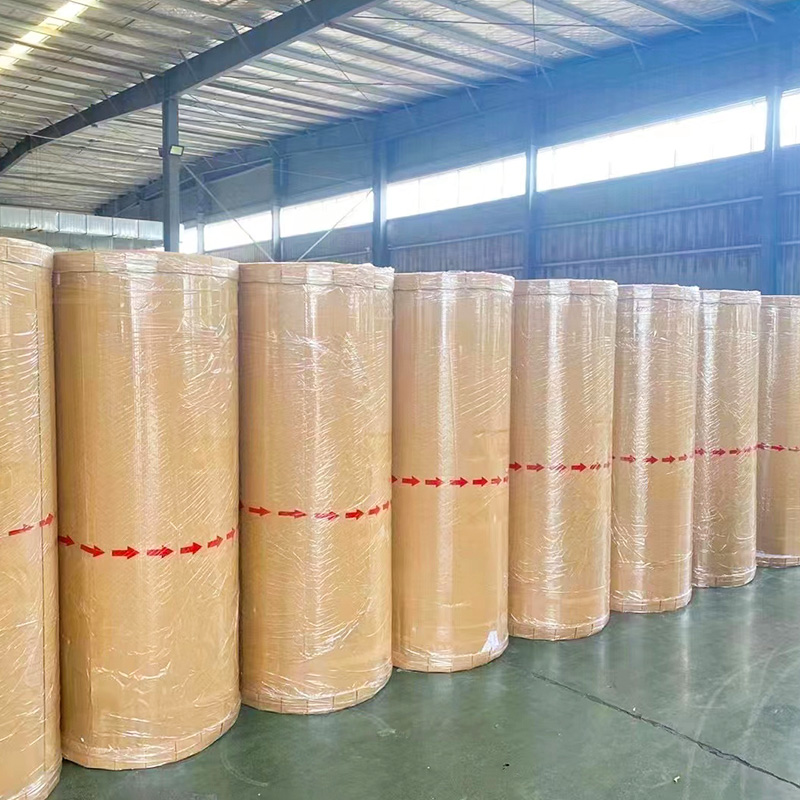 BOPP Silent Jumbo Roll Tape
BOPP Silent Jumbo Roll Tape
-
 Masking Tape Jumbo Roll
Masking Tape Jumbo Roll
-
 Duct Tape Jumbo Roll
Duct Tape Jumbo Roll
-
 Double Side Tape Jumbo Roll
Double Side Tape Jumbo Roll
Is BOPP tape jumbo roll suitable for cold or humid environments?
Applicability of BOPP tape jumbo roll in low-temperature and humid environments:
1. Low-temperature resistance
Made with biaxially oriented polypropylene (BOPP) substrate, with a melting point of approximately 170°C and a decomposition temperature above 200°C, it maintains flexibility and adhesion in low-temperature environments.
The product description clearly states that it can be used within a wide temperature range, suitable for cold chain packaging and low-temperature storage.
2. Moisture-proof properties
BOPP film itself has good airtightness and moisture resistance, resisting the effects of high relative humidity on the adhesive.
The patented pre-coated film enhances the film's thermal resistance and moisture resistance by adding antistatic agents and modified basalt fibers, further ensuring stability in humid environments.
3. Adhesive compatibility
Various adhesive formulations are available, including acrylic, hot melt, and natural rubber. The type of adhesive that is more moisture-resistant or more low-temperature resistant can be selected according to the application environment, ensuring long-lasting adhesion under humid or low-temperature conditions.
4. Overall Evaluation
In summary, Bopp tape jumbo roll possesses good low-temperature flexibility, excellent moisture resistance, and a variety of adhesive systems, making it suitable for use in refrigerated, frozen, and high-humidity packaging, securing, and bundling applications.
How to test the quality of a BOPP jumbo roll?
Bopp Tape Jumbo Roll Quality Inspection Points
1. Appearance and Dimensional Inspection
According to GB/T2918, the roll is conditioned at 23±2°C and 50±10% relative humidity. Then, check the roll end neatness, width, thickness deviation, and other dimensional indicators.
2. Physical and Mechanical Property Testing
Tensile Strength and Elongation at Break: The longitudinal/transverse tensile strength and elongation at break are determined according to GB/T6673 and GB/T10003-2008 standards.
Heat Shrinkage: The longitudinal/transverse heat shrinkage rate is determined using ASTM D2732 or ASTM D1204 methods, requiring ≥18%.
3.Adhesive Performance Evaluation
Tack Strength: Adhesive strength is determined using a standard peel test at different temperatures to ensure sufficient adhesion in both low and high temperature environments.
Moisture Resistance: Adhesive strength is re-measured after 48 hours of exposure at 20°C and 65% relative humidity to verify the effect of a humid environment on the tape adhesive.
4. Surface and Optical Properties
Gloss and Haze: Gloss is measured using a gloss meter, with a gloss level ≥85% and haze ≤2% to ensure packaging appearance quality.
Antistatic and Moisture Barrier Testing: The effectiveness of the antistatic agent is evaluated by surface resistivity measurement, further confirming the integrity of the moisture barrier.
5. Quality Traceability and Reporting
All testing data must be compiled into a complete testing report, specifying the testing standards, instrument model, testing conditions, and results, to facilitate subsequent quality traceability and the provision of technical documentation during customer delivery.
-
 +86-575-82818961
+86-575-82818961
+86-15906537907 -
 fortuna@baiyiadhesive.com
fortuna@baiyiadhesive.com
-
 Baiguan industrialZone,Shangyu District, Shaoxing City, Zhejiang Province, China
Baiguan industrialZone,Shangyu District, Shaoxing City, Zhejiang Province, China



Copyright © Zhejiang Baiyi Adhesive Products Co., Ltd. All Rights
Reserved.
Wholesale Tape Manufacturer
Custom Tape Supplier

 fortuna@baiyiadhesine.com
fortuna@baiyiadhesine.com


 中文简体
中文简体 Español
Español عربى
عربى